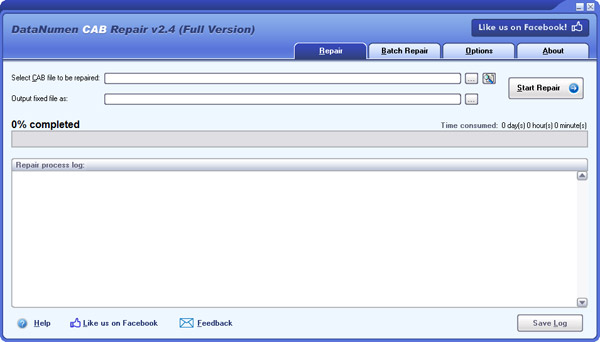InstallShield cabinet files can be unpacked with unshield How can I extract this.MSI file? Windows Installer (MSI) files use a combination of file formats, including cabinet files. Cabextract can see cabinet file headers embedded in the MSI file, so it appears you can extract it, but the embedded cabinet is not stored in sequential order, so. To begin your free file analysis, simply drag-and-drop your CAB file inside they changed the format of the cab files. Archive version is everything that is in the CAB library. Normalization, Installshield Cabinet Viewer to copy once again. Also it can used as content plugin, showing info about older lzma 1.0 format. The InstallShield Cabinet and Log File Viewer enables you to view the log files that are created by your InstallScript or InstallScript MSI installations. The viewer lets you see what your installation has recorded in the log file, which contains important uninstallation information in a binary format. View an InstallScript cabinet file (.cab) or InstallScript header file (.hdr), as well as their compressed files, registry entries, components, features, and other data. This tool also lets you extract files from the.cab file. This functionality applies to InstallScript and InstallScript Object projects. InstallShield's own 'CabView' (ISCabVu.exe) will let you do one file at a time. But I need to extract over 10,000 files for each separate language to rebuild an installer. So in this regard it doesn't help much either. The only option I have found is taking the IS2009 'iscab.exe' (last version released) and placing in my IS2010 system directory.
InstallShield 2014
Project: This information applies to the following project types:
| • | InstallScript |
| • | InstallScript MSI |
Usually, an InstallScript log file is accessed only when your product is uninstalled or when an installation is aborted. Log files record the procedures that your installation performs when logging is enabled. These procedures may include the following:
| • | General information on the product being installed, such as the product name. |

| • | The locations and values of an installed product’s registry keys. |
| • | Changes made to the system’s file structure, including the files that were transferred, the folders that were created, and shortcuts or icons that were created. |
| • | Information about the files that you added to your InstallShield project. |


The name of the log file is setup.ilg. The installation creates it automatically at run time on a target system during normal file transfer. The default location for the log file is:
<PROGRAMFILES>InstallShield Installation Information{Product Code}
However, you can change the location by changing the value of the DISK1TARGET system variable before the Move Data event.
The InstallScript log file is a binary file. You can use the InstallShield Cabinet and Log File Viewer to see the contents of the log file.
Tip: Logging of procedures is enabled by default. You can disable and re-enable logging by calling the Disable( LOGGING ) and Enable( LOGGING ) functions in your InstallScript code. For more information, see Disable and Enable.
See Also
InstallShield 2014 Help LibraryMay 2014 | Copyright Information | Contact Us |
Installshield Cab File Viewer And Extractor
